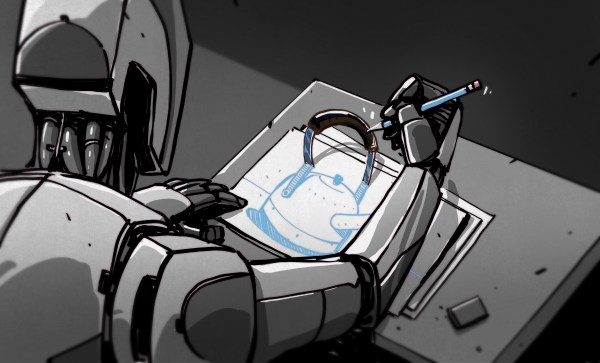With so many cheap oscilloscopes out there, the market for old units isn’t what it used to be. But if you have a really old scope, like the Heathkit O-10 that [Ken] found in his basement, there is vintage cred to having one. [Ken’s] didn’t work, so a repair session ensued. You can see the results in the video below.
You can tell this is in an old scope — probably from the mid 1950s — because of its round tube with no graticle. Like many period scopes, the test probe input was just 5-way binding posts. The O-10 was the first Heathkit “O-series” scope that used printed circuit boards.
The device looked pretty good inside, except for a few dents. Of course, the box has tubes in it, so every power up test involves waiting for the tubes to warm up. [Ken] was very excited when he finally got a single green dot on the screen. That did, however, require a new CRT.
It wasn’t long after that he was able to put a waveform in and the scope did a good job of reproducing it. The unit would look good in an old movie, but might not be the most practical bench instrument these days.
These Heathkit scopes and their cousins were very popular in their day. The $70 price tag sounds cheap, but in the mid-1950s, that was about a month’s rent in a four-room house. While primitive by today’s standards, scopes had come a long way in 9 or 10 years.


















